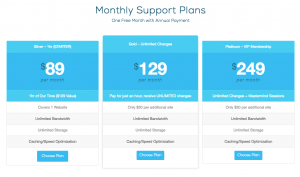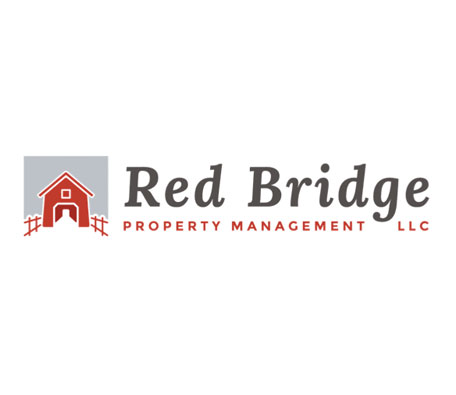FAQ > Pricing
What Pricing Should I Display Online?
Pricing is easily one of the most challenging subjects for our clients. We receive countless questions on the topic in any given week: why should I put my prices online? How many price points should I have? Will publishing my prices cause a dip in my leads? Fear not, DoorGrow customer—we're here to help.
Why Publish Your Prices Online?
Listen, we get it. Publishing your prices online often feels scary. What if your competitors see it? If your prices seem high, will you drive homeowners away?
While it's only natural to feel a little bit nervous, the research is firmly in favor of publishing your costs online. As Hubspot explains, "any buyer is trained to search for price as part of any purchase decision." Think of the last time you searched for a hotel room online or made a purchase on Amazon. You probably compared and contrasted a number of similar options, with price playing a big role in your decision, right?
ConversionXL compiled this exhaustive list of pricing experiments that explores the results many small businesses achieved by simply putting their pricing information out there.
How Should I Price my Services?

OpenPotion Support Package pricing—yep, we eat our own dog food.
Here's a simple fact for you: most customers don't know how much your service is worth. Whether you charge a flat-rate fee or a certain percentage of every rent check, it's your responsibility to define the value behind your service.
Pricing strategy encompasses a number of different factors, and in all honesty, even the experts spend countless hours tweaking their approach to get better results. There are plenty of resources you might want to explore to better understand how to price your services, but let's take a quick look at some of the factors in play:
-
Price Anchoring
Pricing anchoring refers to using a "premium" price to make your other options more palatable. Unbounce explains how legendary entrepreneur Steve Jobs did exactly this to make a relatively expensive $499 iPad seem more affordable when the product first launched.
Offering multiple price points allows you to direct customers and their buying decisions. By having at least three options to choose from, you can highlight the affordability of your mid-range option, while also getting extra dollars from customers willing to spend more money on a premium service.
-
Limited Options
Have you ever eaten in a restaurant with a 20-page menu? It feels nearly impossible to place your order, right? Too many options (and prices!) overwhelm your website visitors.
By simplifying your pricing, you're making it easier for homeowners to make a decision. You're eliminating the confusion behind the pricing equation and boosting your conversions. This principle is often referred to as "The Paradox of Choice," a compelling argument first explored by Barry Schwartz in his bestseller of the same name.
-
Outline Your Benefits
We talk a lot about "pain points" here at DoorGrow, the challenges facing your client. (For a quick overview on how to identify pain points, take a look at this informative article.) Your customer needs your service for a reason. What is that reason?
When you better understand why customers come to you for solutions, you'll be better equipped to sell to them.For example, many property owners are tired of lackluster tenants that cause nothing but headaches. A benefit you can outline might be your "Detailed Tenant Screening with Comprehensive Background Checks." This tells your customer, "We'll solve your tenant headaches!" Pain point addressed.
You also want to outline the unique benefits that differentiate your pricing options. Why should someone pay $50 more each month for your premium package? Answer questions like these by clearly outline benefits for each of your prices.
Ready for Examples?
Take a look at some of our customers doing it right!



